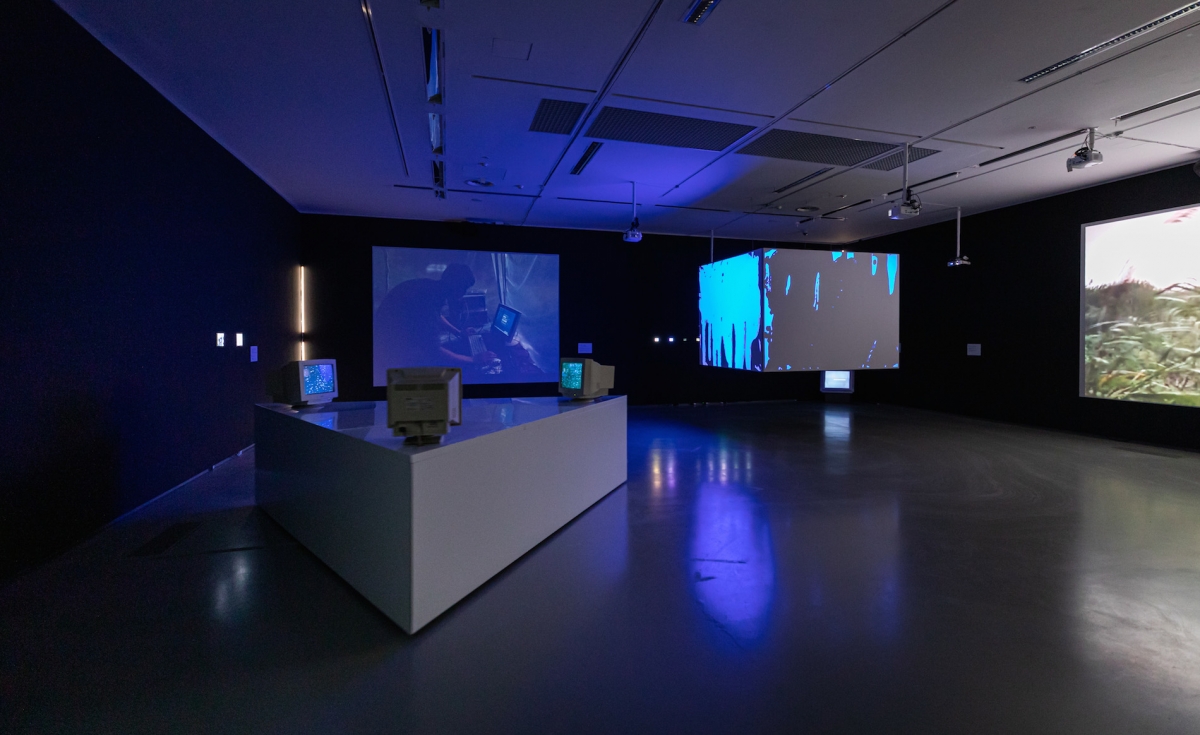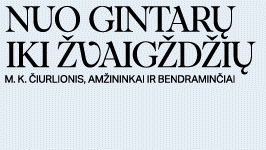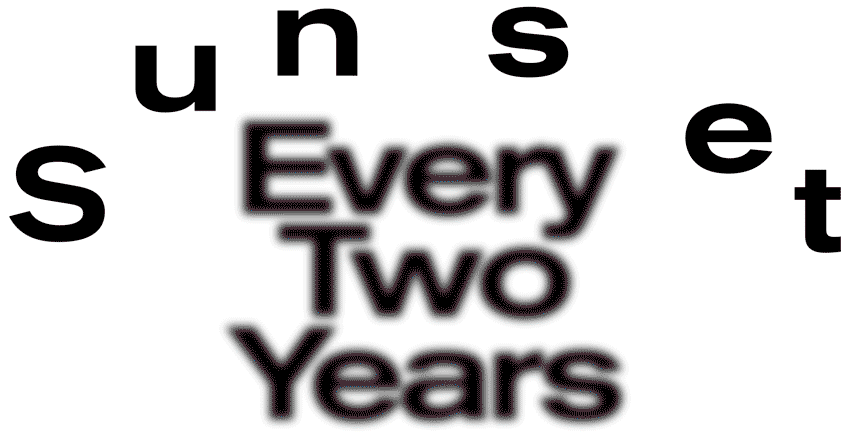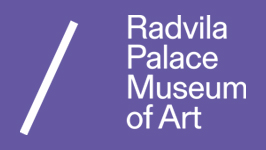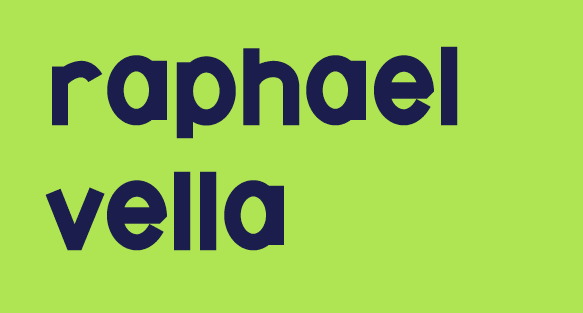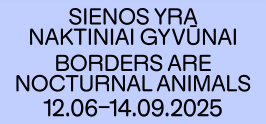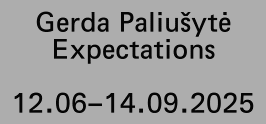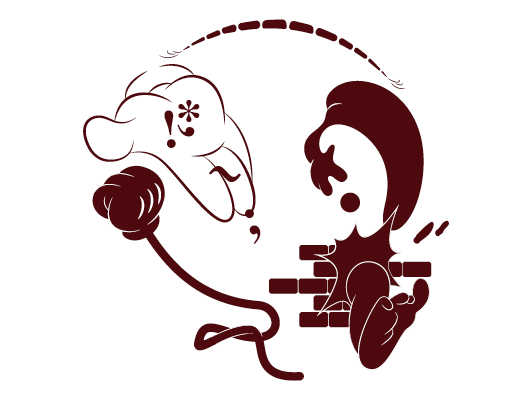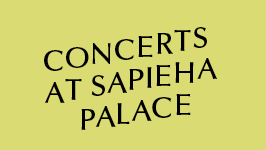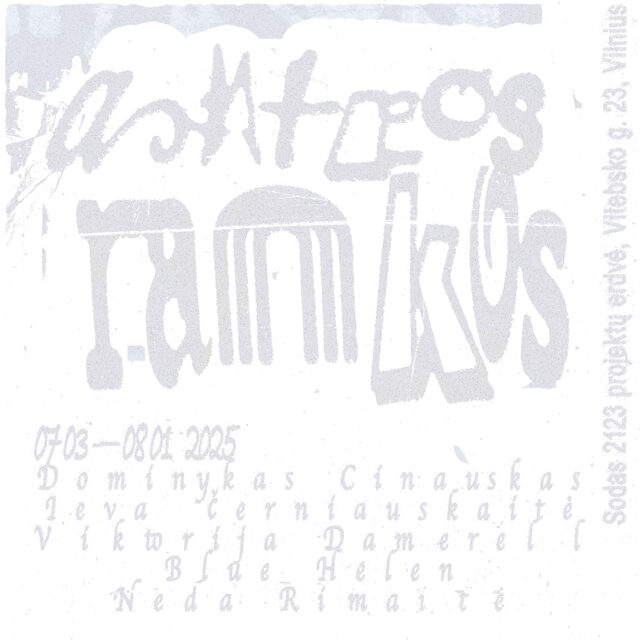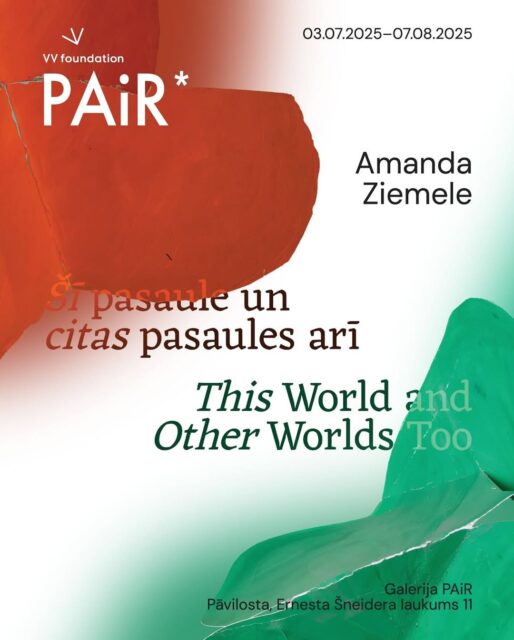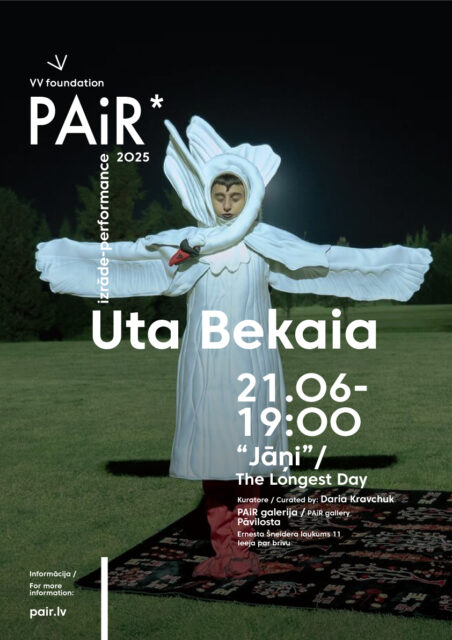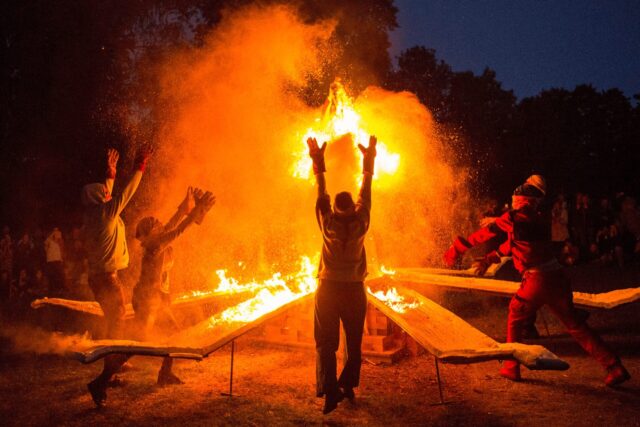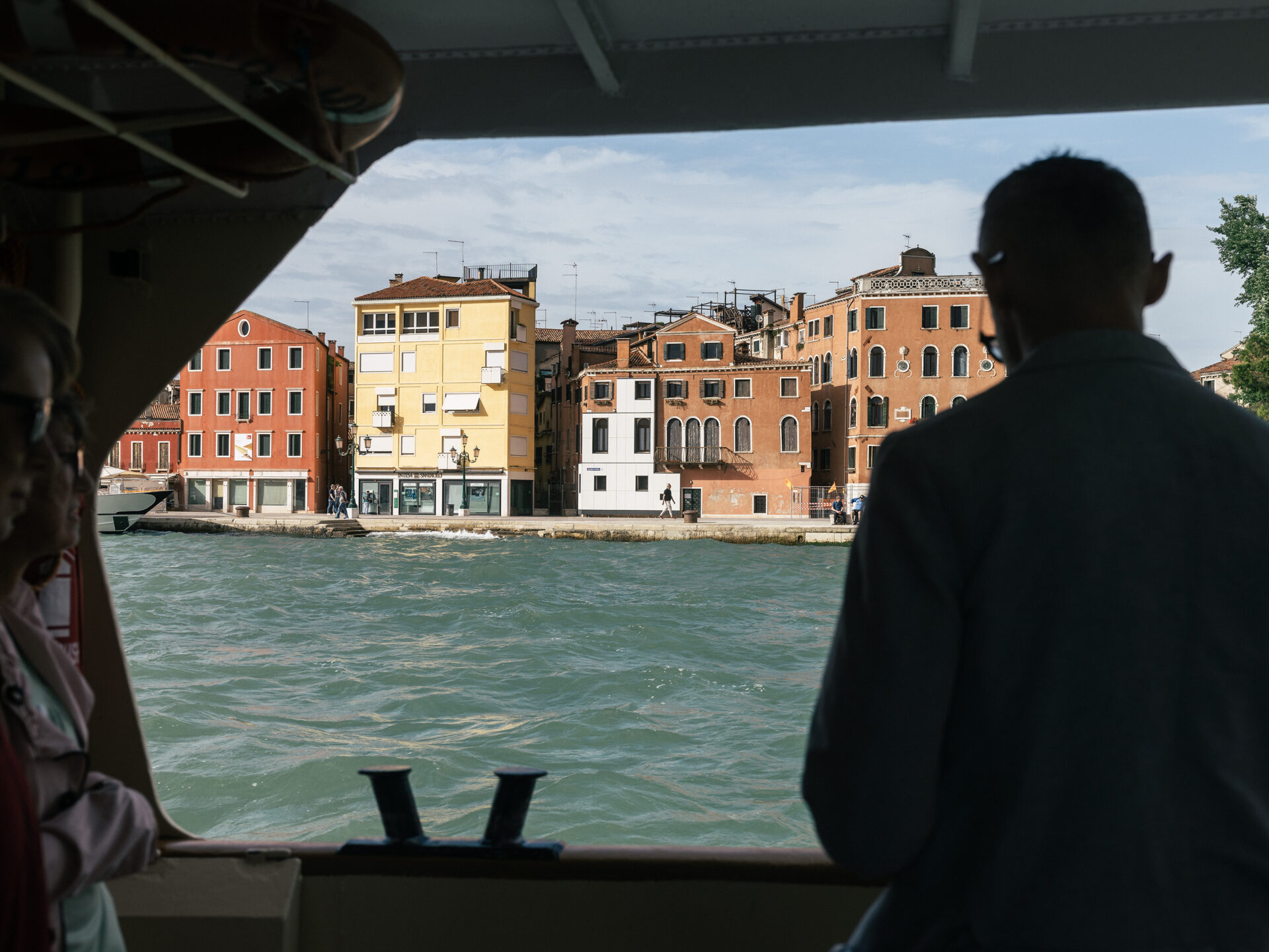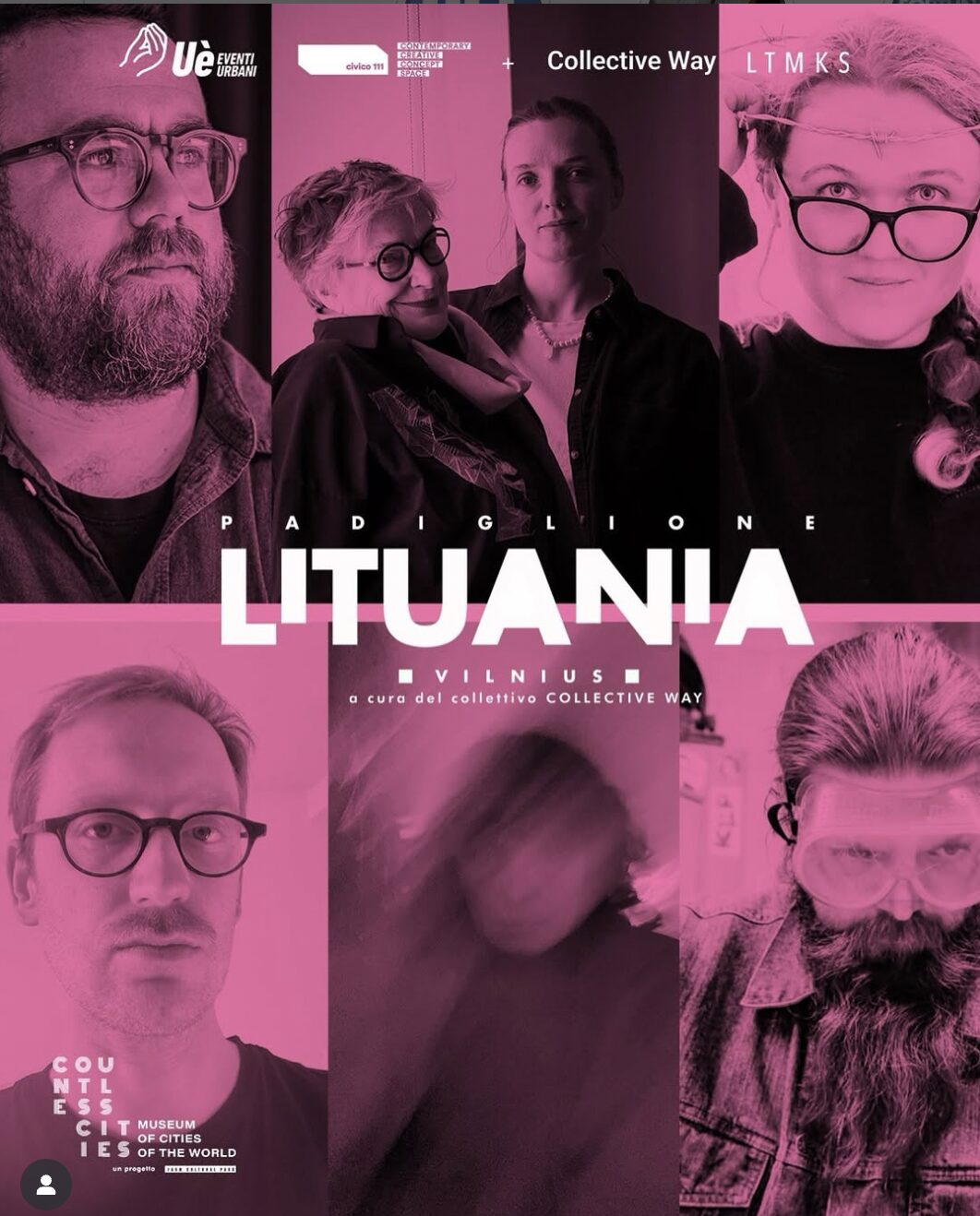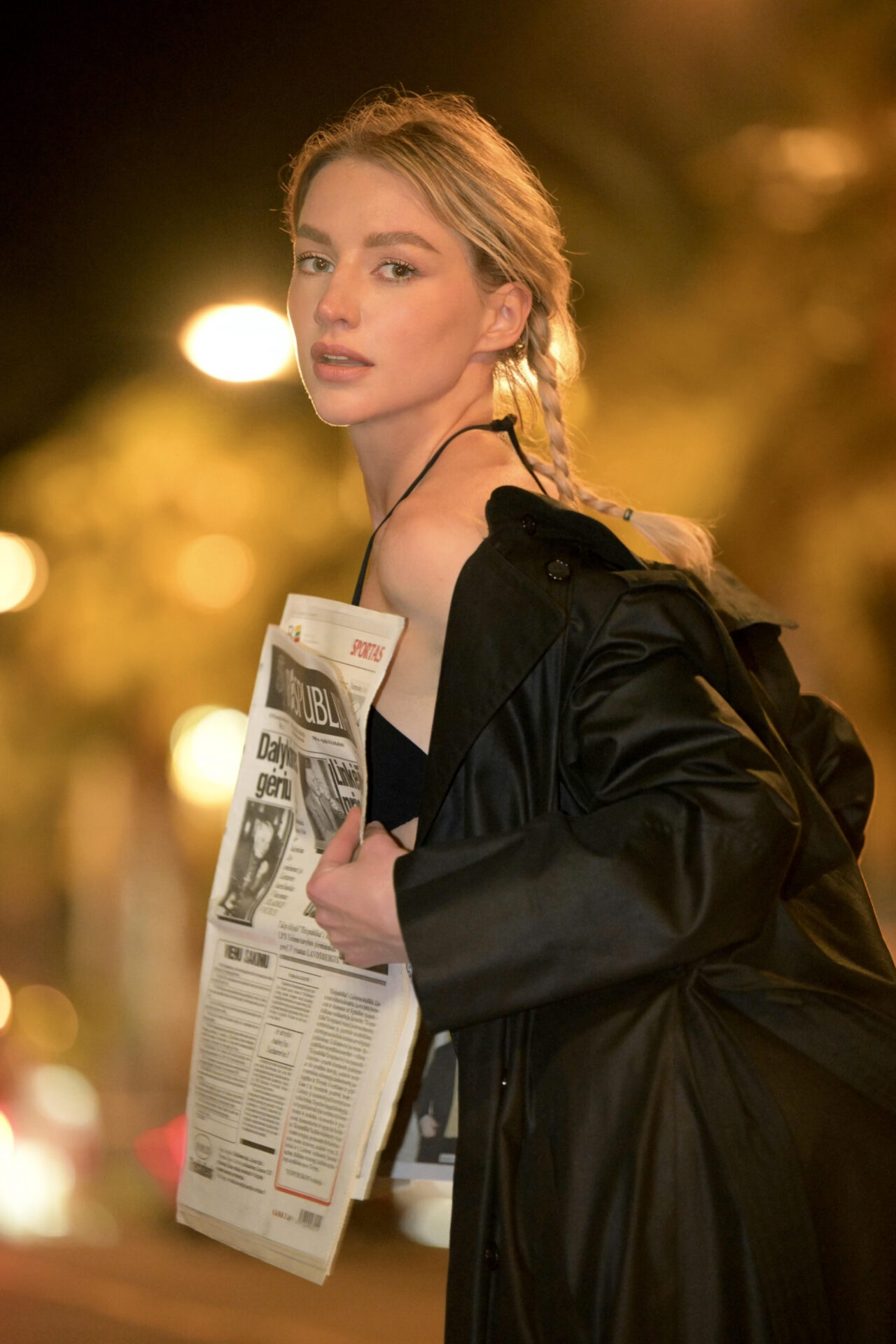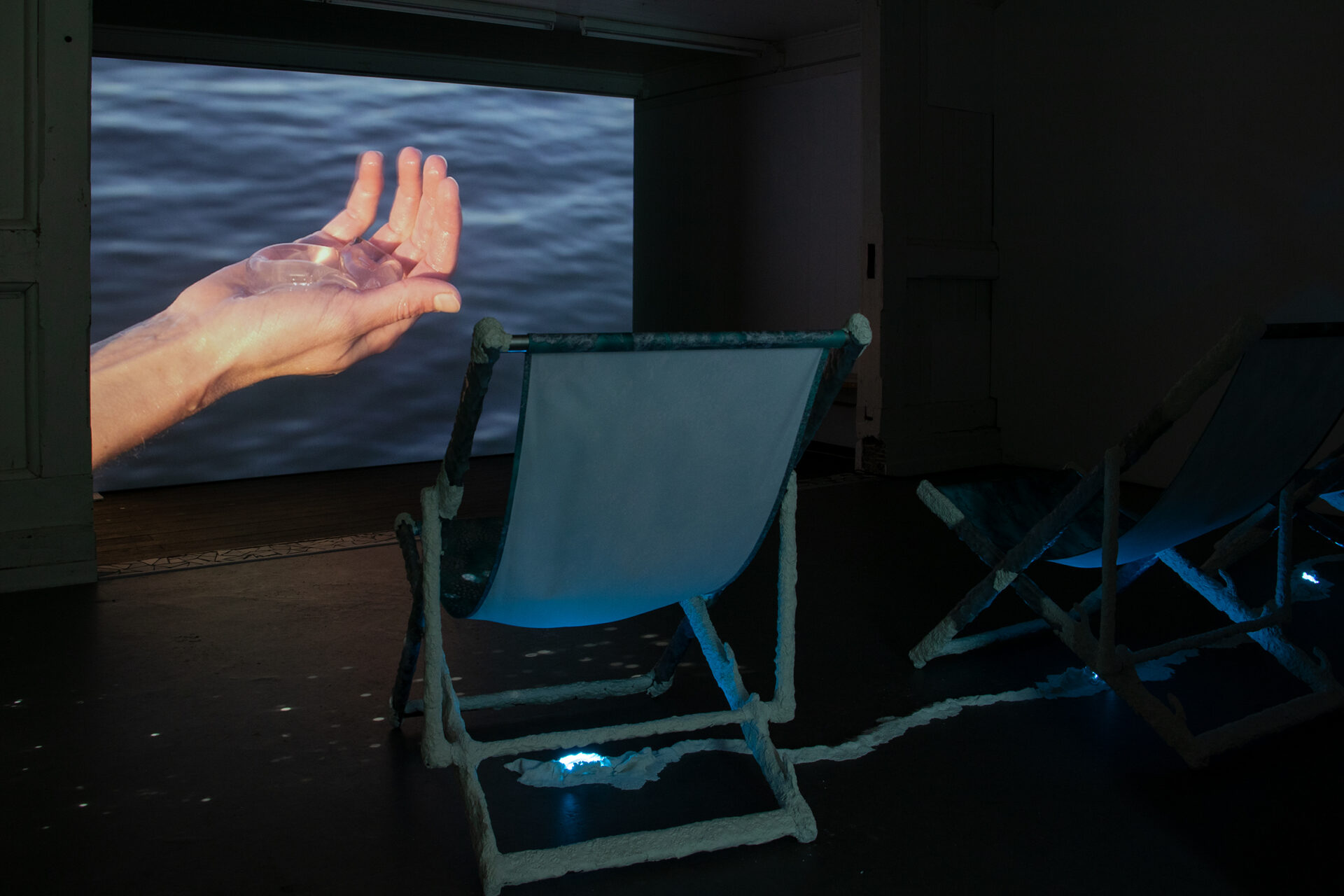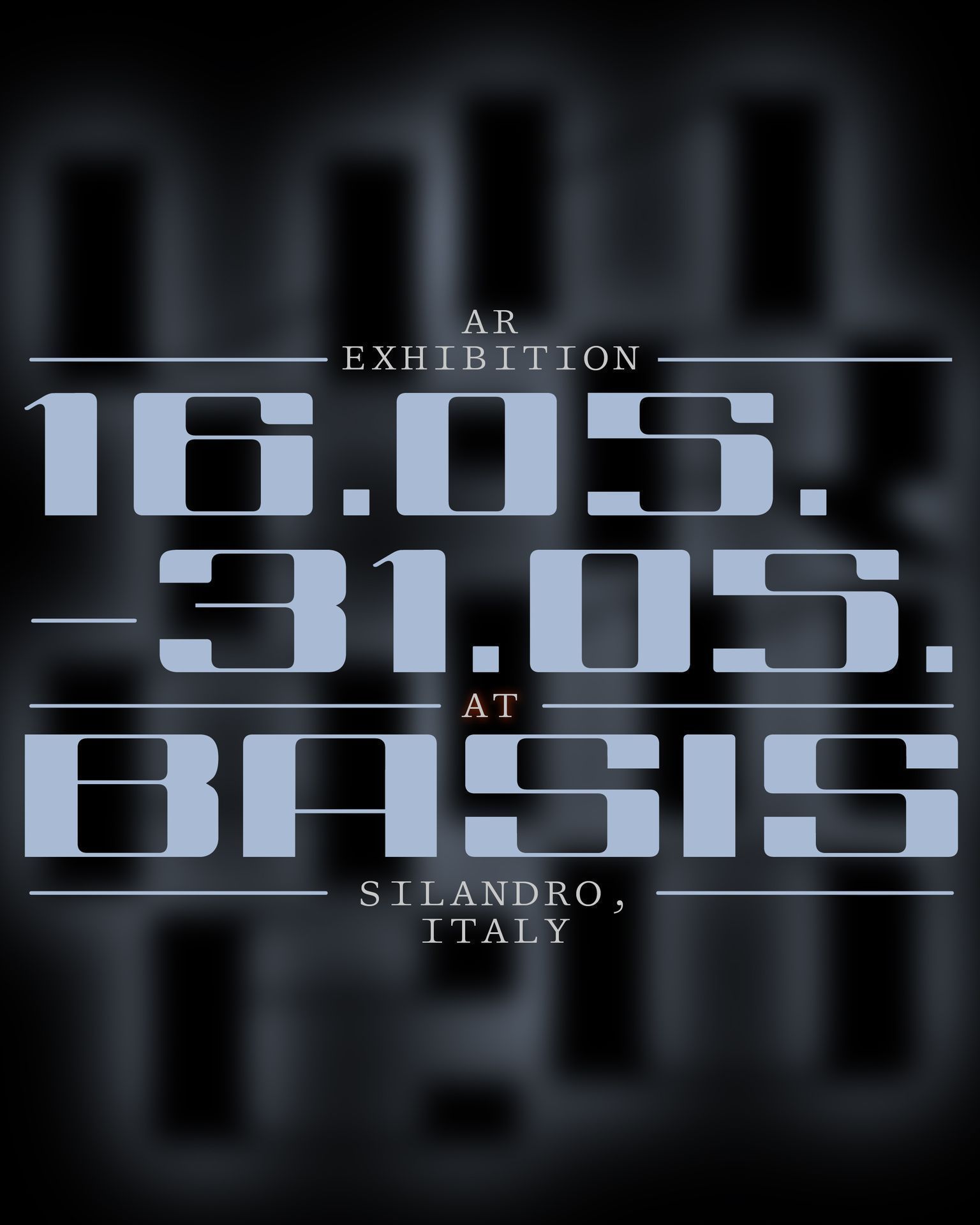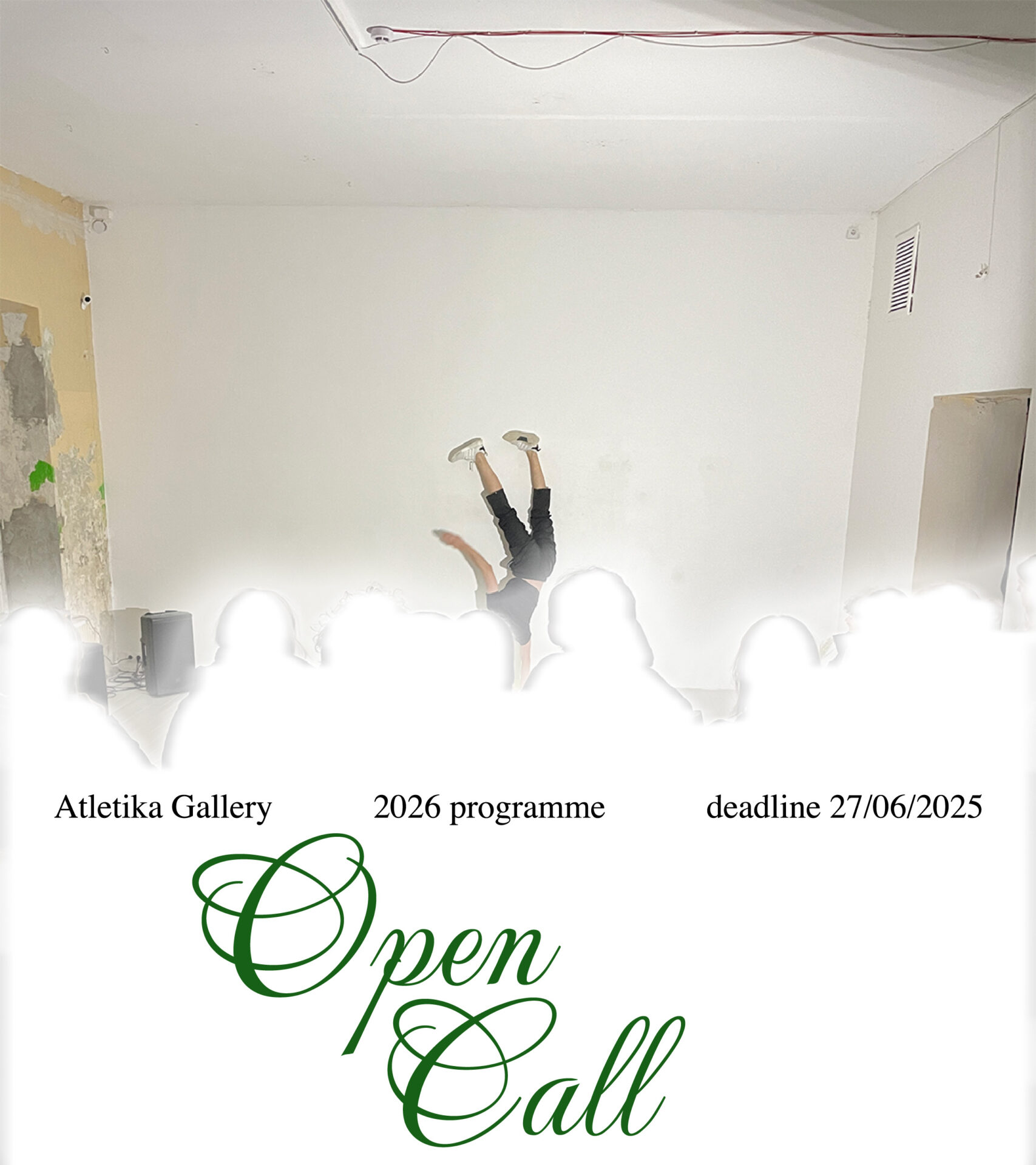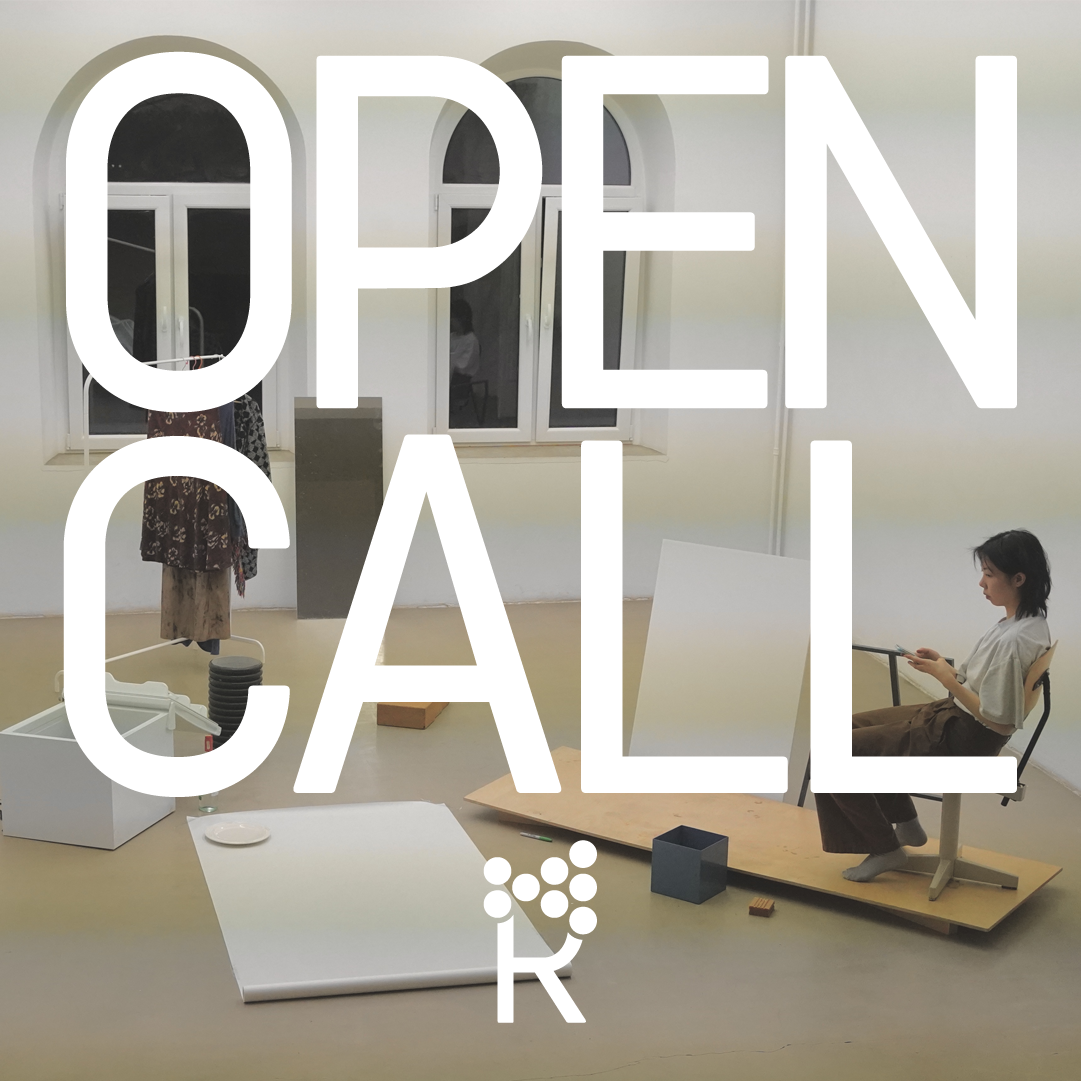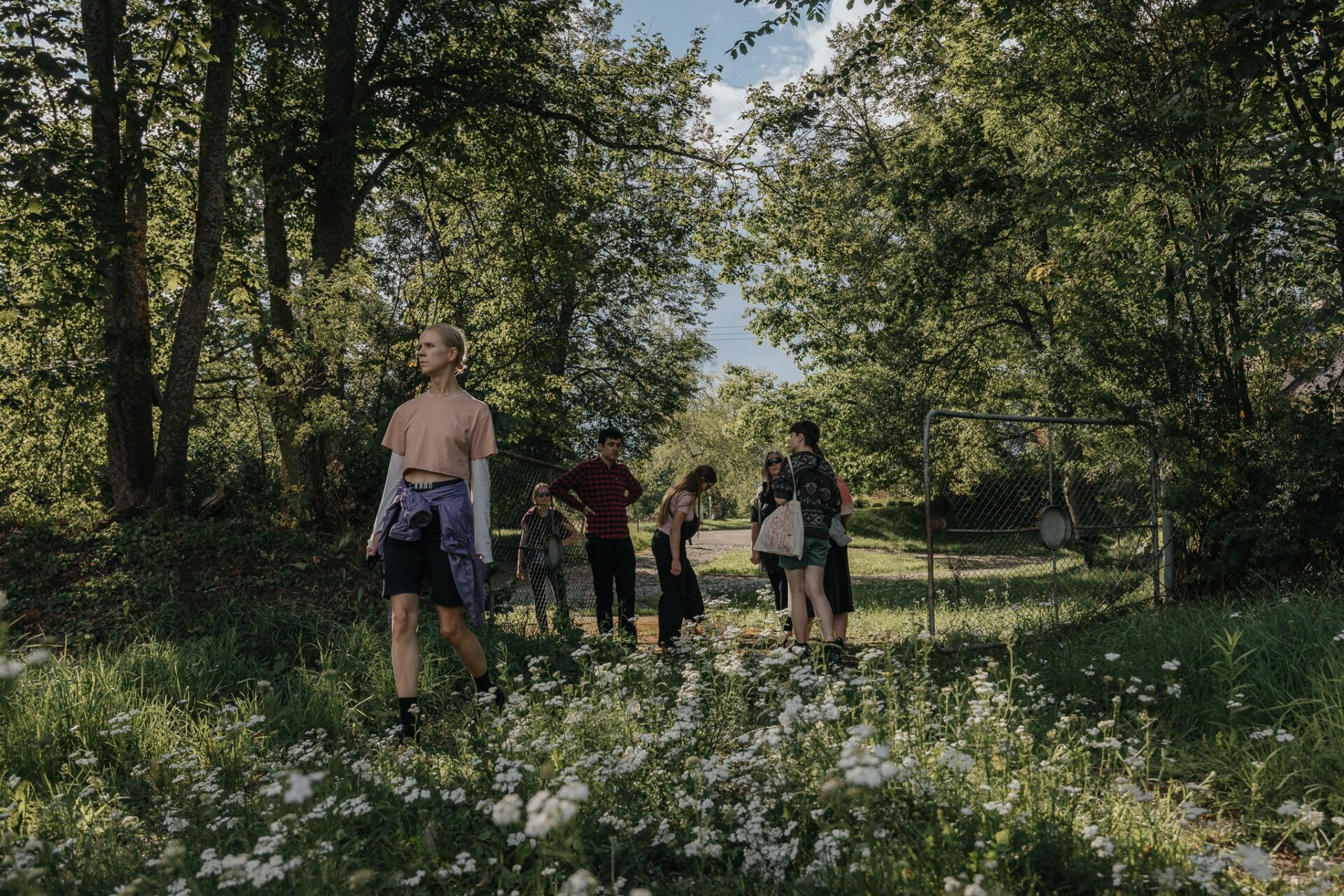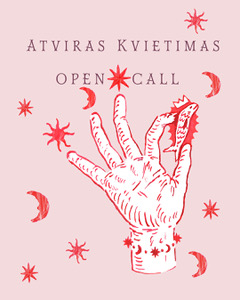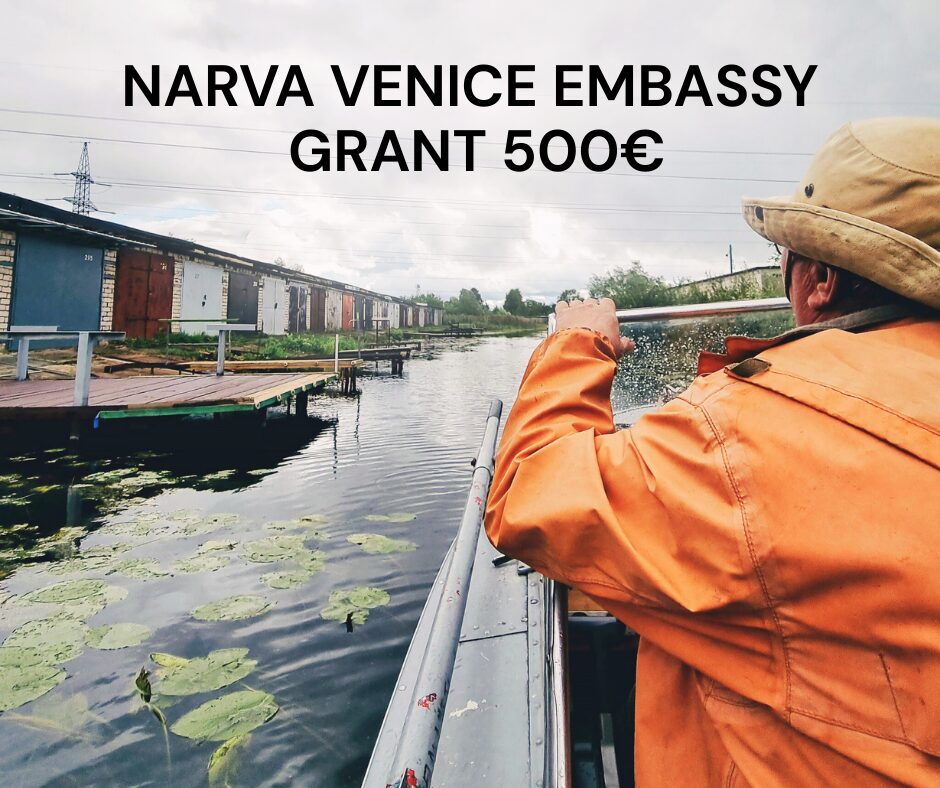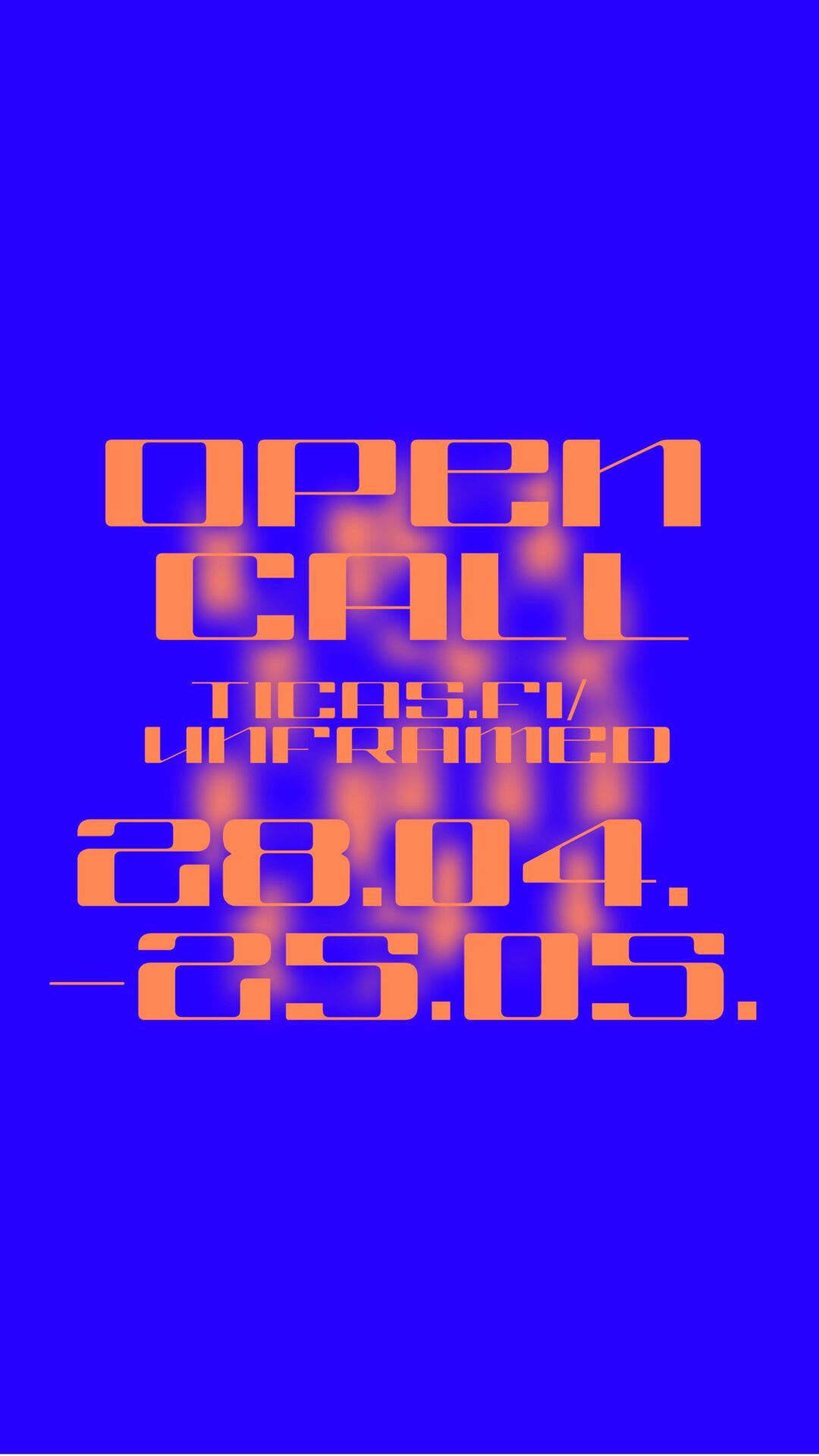Vytautas Michelkevičius: The ‘Timestamps’ exhibition at the National Gallery of Art, a part of the National Museum of Lithuania, is perhaps the first one that the institution has dedicated to media art. Does this mean that media art has finally been musealized, or perhaps accepted as a form of contemporary art? How should this phenomenon be evaluated through the prism of institutionalisation? Does it signify the end of media art, or maybe the beginning of collecting it?
Lina Michelkevičė: Well, it is evident to the majority that media art (as a separate field, genre, or means of expression) has already become history. By the way, this was emphasised a number of times by Jurij Dobriakov, the curator of ‘Timestamps’; therefore, it’s only natural that such an exhibition has opened in a museum that usually shows retrospectives.
This exhibition is presented as a retrospective too, even its title accentuates (past?) times and their media (which very quickly become history). The exhibition ‘Remediation’ (also curated by Dobriakov) at the Kaunas Photography Gallery in 2015 was different. Although on one hand it could have been regarded as a rehearsal for ‘Timestamps’, in a less sophisticated context, the highlights were different, that is, it sought to REmediate media art, to ‘re-actualise the notion of media art’. Many (still) young artists participated in it.
A lot more questions would arise if ‘Timestamps’ had been exhibited at, say, the Contemporary Art Centre, even though most of the artworks presented or mentioned in this retrospective are directly linked to the CAC’s exhibition space. For example, the RAM6 (Re-approaching New Media) laboratory happened there in 2004, as well as the project ‘RR: Ruta Remake’ (2004) by Nomeda and Gediminas Urbonas. PB8 (Andrius Rugys) set up a studio there in 2006. In 2010, a visual summary of Flash Bar was presented in Mirjam Wirz’s book, and so on.
By the way, I say ‘exhibition space’, and not ‘institution’, because it seems to me that the CAC has rarely been the initiator of media art projects, and would simply accept outside initiatives in its spaces.
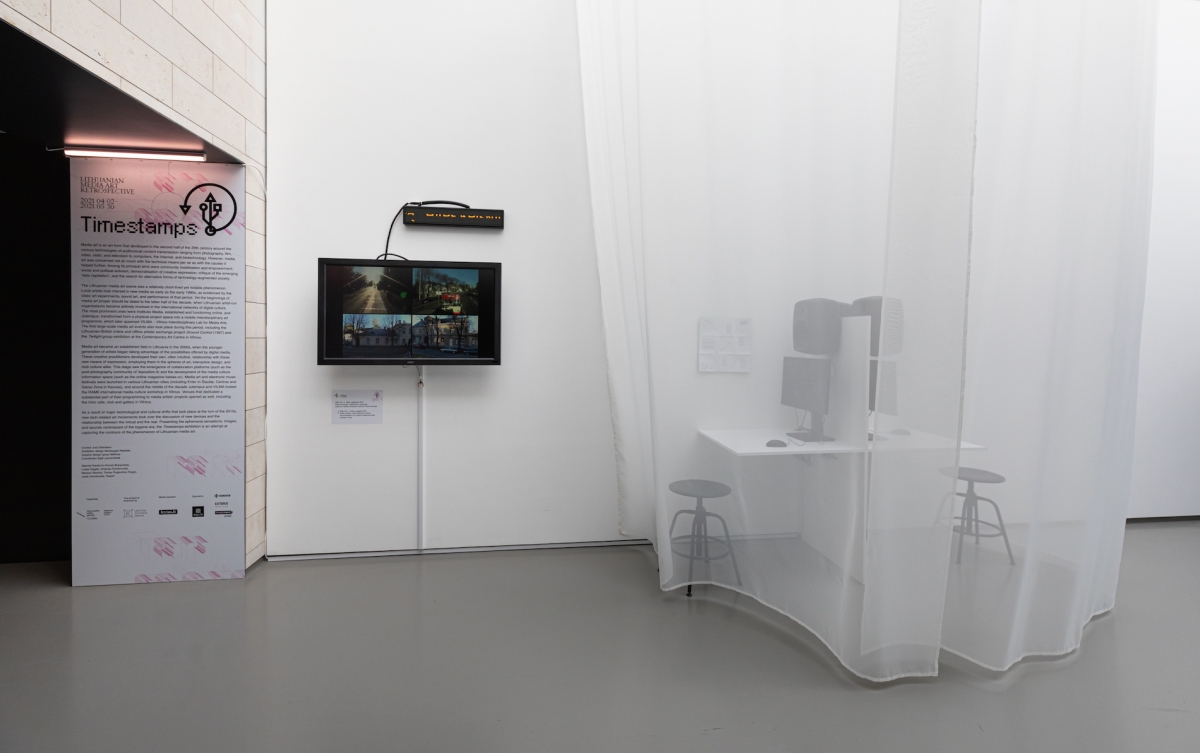
The ‘Timestamps’ exhibition (curated by Jurij Dobriakov) at the National Gallery of Art, Vilnius, 2021. Photo: Gintarė Grigėnaitė
Vytautas: In 2002, the CAC organised the exhibition ‘Metamorphosis. Net Art Presentation’. It was curated by Kristina Inčiūraitė; however, almost no Lithuanian artists were included.
Lina: Yes, of course we shouldn’t underestimate the significance of this space and its appendices in the history of media art (community). The Jauna Muzika (Young Music) festival, in which many composers and performers of electronic music participated, were held there, while various lectures and presentations happened in the CAC’s reading room or the CAC café, e.g. presentations of publications such as ‘Gender, Media, Mass Culture’ (2005) edited by Audronė Žukauskaitė, or the Lithuanian translation of ‘The Language of New Media’ (2009) by Lev Manovich. There was also the ‘Twilight’ exhibition (1998), which Jurij described as ‘one of the first media art exhibitions in Lithuania’.
Vytautas: In my opinion, looking back, we notice that the word ‘art’ gets attached to any new emerging media, as if to emphasise that the works created by such means were in fact art. That happened with ‘art photography’, ‘computer art’, ‘video art’, ‘net art’, and so on. A particular visual expression from the 1990s to 2010 was called ‘media art’.
While the means of its creation was relatively new, it sought to create a new discourse, and to legitimise media art, among other things. But when it was accepted and integrated into, say, the discourse of ‘contemporary art’, there was no need to single out ‘media art’ any more. The term became historical. When media art was still avant-garde, many artists at the time associated themselves with it, from Mindaugas Gapševičius, and Nomeda and Geminimas Urbonas, to PB8 (Andrius Rugys), and others. And yet later, the term became excessive, while the artists wanted to remain just artists.
Lina: This shift in titles, by the way, is reflected accurately by the shift in how the Urbonas and the institutions they set up were linked to various collective (id)entities. As a matter of fact, I wrote about it in my book ‘To Be Part: Participation and Collaboration in Lithuanian Contemporary Art’, which came out this spring:
“The first [collective identity] was ‘Jutempus’, a set of interdisciplinary art projects, or a programme, set up in 1993 at the inception of independent Lithuania. Today, it has official public institution (VšĮ) status, and still functions as an institutional foundation when looking for various funding opportunities. The second, VILMA (Vilnius Interdisciplinary Lab for Media Arts), was founded in 2004. It hosted project initiatives such as balsas.cc, RAM6 (Re-Approaching New Media) events in 2004, ‘Pro-test Lab’ from 2005, and so on. The changing platforms reveal the shifts in identities, interests and tendencies in art: the keyword of ‘Jutempus’ was interdisciplinarity, VILMA’s was ‘media’, the Urbonas Studio’s was ‘research’. Even though the terms interdisciplinarity and transdisciplinarity migrated throughout all the platforms, the fact that they were chosen by the Urbonas at the beginning of their careers as artists and organisers of culture is not only a mark of their personal practice, it reflects the important changes on the Lithuanian art scene, as well as the popular keywords of the time.”
Vytautas: This is perhaps another topic: Why do some artists call themselves according to the means of expression (e.g. painter, sculptor), while others shun it? In my opinion, today’s art is post-disciplinary or discursive in essence, so calling oneself a painter, or an interdisciplinary or media artist, doesn’t fundamentally say much. Perhaps it is a wish to belong to a community. We can only guess at how much the younger generation (due to the completely new media they immerse themselves in) are interested in the ‘new media’ of 2000. Doesn’t the technology of the times become a shield or exotic fetish (‘Look, how could people have carried that laptop twenty years ago?’), which suspends a clear view, or even the full grasp, of the main idea behind a work of art, since one remains at the most superficial level of technological acquaintance? Meanwhile, technological ‘noise’ (e.g. raster, grain, pixels, lack of definition, crackling) can cause a nostalgic admiration, which may prevent the older generation from fully comprehending the content of the art.
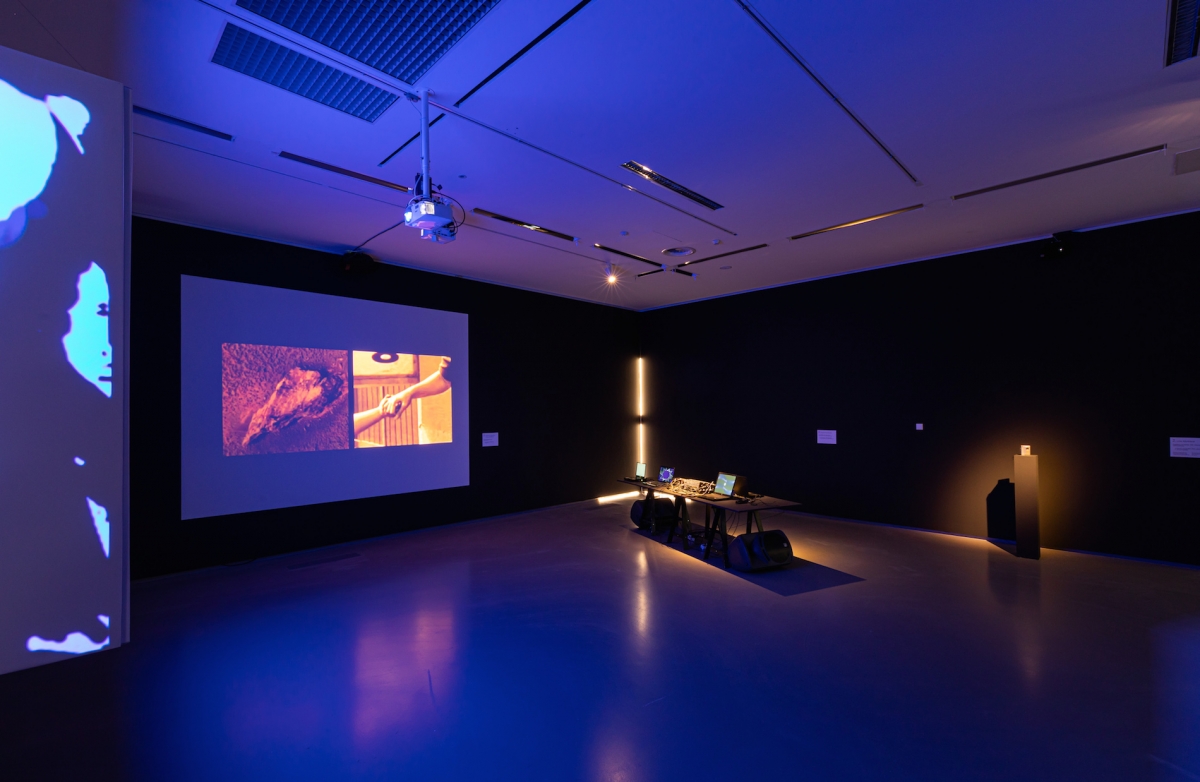
The ‘Timestamps’ exhibition (curated by Jurij Dobriakov) at the National Gallery of Art, Vilnius, 2021. Photo: Gintarė Grigėnaitė
Lina: I’d say the devices in ‘Timestamps’ weren’t so exotic that it would interfere with the content of the art. Perhaps various screens dominated the exhibition, but they remain prevalent to this day, only their resolution keeps changing.
I think the perception and understanding of works of art may only be hindered by a lack of knowledge of the general context. It doesn’t matter if we are talking about media art or any other art or phenomenon from a particular period: retrospection always requires a knowledge of a particular context, signs of the era, etc. That’s why, for example, I was really happy that Flash Bar was included in that exhibition. At first, I had doubts about its relatedness to media art. However, the curator’s explanation in the booklet immediately enthralled me (‘Many of the active members of the Lithuanian media art scene frequented the events, and therefore the Flash Bar project can be viewed as an important informal networking hub for this community’)! Revealing where and how the community was being created, who was supporting it, and how it existed at all, allows us to feel the atmosphere, at least a little. Personally, I would have liked it if more such phenomena were presented in the same way (e.g., the ‘Pro-Test Lab’ next to the Lietuva cinema theatre, and the related e-forum VILMA, the media art culture magazine balsas.cc, the Centras (Centre), Virus and Enter festivals, and others), not as art projects, but as environments or media themselves that were important for the formation of the community. Most of them are mentioned in the exhibition booklet; however, the main body of the exhibition is comprised of artistic pieces, or parts of them.
Vytautas: It would be a good idea to draw attention to the total aesthetic of the exhibition: although it was put on in a white cube, it is a shining black cube. The viewers find themselves in a sort of cinema hall or club, they’re surrounded by streams of audiovisual content and a few kinetic art works. Can it be regarded as a quality of the whole era, or has the aesthetic been influenced by the specifics of the documentation?
Lina: The exhibition architect Mindaugas Reklaitis called the exhibition solutions ‘fossil architecture’. Hence, we return to, if not archaeology, then geology, which is much more popular these days, for it is digging into natural (and not cultural) layers. Darkness may be taken as a metaphor for things that lie deep within, somewhere in oblivion.
Of course, darkness is crucial for showcasing the moving image. The beginning of the ‘era of darkness’ in the history of Lithuanian exhibitions was probably the ‘Twilight’ mentioned above. By the way, it was one of the first exhibitions at the CAC that I visited by myself (when I was a child, my parents would sometimes take me to the Palace of Exhibitions, as it was called back then). I was a teenager at the time, a student at the Justinas Vienožinskis Art School, and so the darkness was the main thing that stuck in my mind, more than the art works themselves.
On the other hand, when I think about the art scene of the time, most memories arise in dimmed environments. Perhaps because a lot of things were happening late in the evening? Jauna Muzika concerts, Flash Bar, and Enter festival afterparties … Back then, we would read e-groups or forums on screens that were significantly lower in brightness than today … And yet the design of balsas.cc was all white, just like that of the book ‘Medijų kultūros balsai’ (Voices of Media Culture), which signified the end of the website in 2009.
Vytautas: Both you and I have had a chance to be part of both these environments and the actions or art works presented there: we drank beer at the Flash Bar, and rode on PB8’s (Andrius Rugys’) ‘Trolleybus No 0’ (2006) … As participants, we remember them quite differently to how it is presented now on the screens of silent devices or documentation plates.
Based on my personal memories and experiences, it seems that the presentation of such works in the context of a museum flattens them out, it somehow murders and reduces them to a single page, or even a footnote somewhere in the exhibition. What does it mean and feel like to actually sit on PB8’s bus, en route around Vilnius, and listen to compositions made for specific urban spaces in particular; and the exhibition showcased it only in parts. Perhaps they recall memories and experiences in those who had taken part, and yet I am not sure if they can reveal the essence of the project to other, new (or young) viewers. I keep thinking how the documentation of performative and media art projects can represent or recreate past events …
Lina: Well, a museum is indeed an unfortunate place for such participatory/communal practices: their representation here is often really dull. Perhaps that’s because the most common way to do it is to present photographic and video documentation (when one type of media art is represented by another), and there are no attempts to change or adapt. Due to technological, financial, spatial or a myriad of other reasons, the recreation of a project or an art work exactly as it was is often impossible. However, it’s worth considering what would bring us closer to that experience: perhaps some linguistic/discoursive forms or narratives would be more thrilling, more moving …
Vytautas: I talked with Andrius Rugys on the day of the opening, and suggested using VR glasses for the video representation of the journey of ‘Trolleybus No 0’, as it would be much more immersive, especially together with the actual musical compositions accompanying the changing virtual cityscapes.
Lina: It could be interesting, and a contemporary means of documentation. However, the societal experience of being together with other passengers would still be absent.
Vytautas: It could be beneficial to take on the experience of the performance artists, since they constantly face the limitation of documentation in conveying the essence of their art works. For instance, I’ve had a chance to see the choreographer Mette Ingvartsen’s live ‘procumentation’ (proactive documentation), which, according to her, can be defined as a proactive and productive documentational activity. It is not a ‘secondary’ art work, as often happens within traditional documentations, but a whole new one.
It is important to understand that an idea can materialise in different forms, and each one of them is an original work of art. In other words, there is no opposition between an original and a copy, or an action and its documentation. In essence, Andrius Rugys’ piece with a newly made installation in the exhibition would seem like an effort to be ‘procumental’.
The artist and researcher Arnas Anskaitis talks about it in his artistic research dissertation ‘Knowledge that Artist has at their Disposal: Seven Trace-Maps’ (2021). Based on Boris Groys’ idea, Anskaitis claims that the prints in his dissertation are actual originals, not copies, since the act of visualising a digital art work’s invisible data is original. Maybe we are trying to find fault in the exhibition by saying that it looks like a documental multimedia constellation … But maybe no other way is possible in digital code-based art…
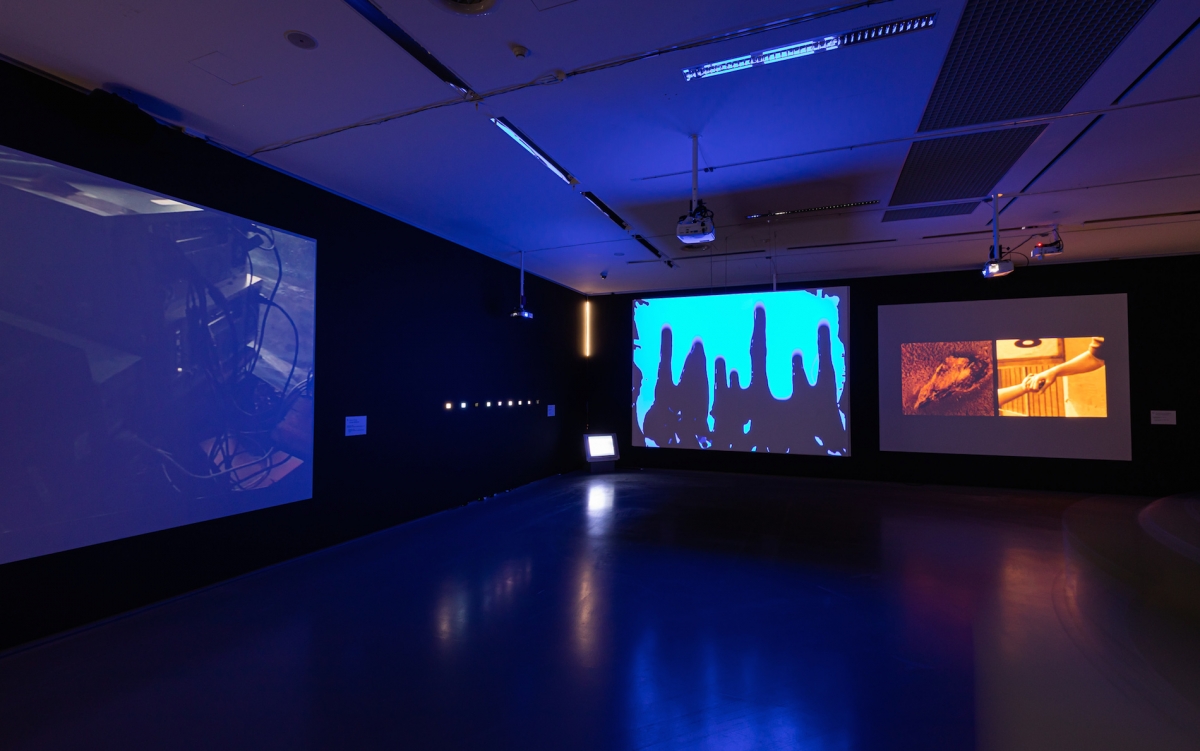
The ‘Timestamps’ exhibition (curated by Jurij Dobriakov) at the National Gallery of Art, Vilnius, 2021. Photo: Gintarė Grigėnaitė
Lina: However that may be, I was still mostly glad about the works whose form exceeded the limits of a screen; for instance, ‘Tetracycle for Audiovisual Landscapes’ (2008) by Vaclovas Nevčesauskas and Mindaugas Tendziagolskis, which is a ride for two. Due to this corporeality (artefact-ness), the work ages much slower that most others, dependent on the fragile states of their media.
Generally speaking, when you think about the representation of works that employed the latest technologies of the time (like broadcasting of the ‘Forest Test’ by Darius Čiuta and Juozas Milašius from RAM6 – an excerpt from its video documentation was presented in ‘Timestamps’), the first idea that comes to mind is to use technologies that are relatively new today (such as VR, which you mentioned earlier). Of course, that’s not possible in every case.
Vytautas: Obviously, an exhibition cannot be representative, objective or universal, neither in terms of the phenomenon nor its time, since it is limited by the resources that the curator or the institution have at their disposal, or by the list of artists that agreed to take part, and much more. If we try to think which works of media art of the time stood out the most to us, what would we offer the viewer?
Lina: The more I think about it, the more I reassure myself that collaboration and communality are some of the most essential aspects of media art as a phenomenon (or is it my professional illness?).
You and I have written about this at some point, about the shift from media art to artistic research and participatory practices in Lithuanian art. Back then, our thoughts were gathered rather intuitively by observing the careers of particular artists. But if you look closer, you can’t deny that at the core of media art lies multitude, the idea of a net, which is impossible without the participation of others …
Perhaps early video art was a more lonesome activity. But think what Nomeda Urbonienė said about a television project of the 1999, tvvv.plotas, in a fascinating interview with Jogintė Bučinskaitė: ‘At the time, we considered television to be a channel which transmits one way, without response. In seeking to expand the communication, we supplemented television broadcasts with physical gatherings in the space of the Lithuanian Artists’ Association, and with conversations online, which had already become possible.’
Many artworks that represent the period to me (not the first stage, in the mid-1990s, but the second one, which I observed up close) are participatory. For instance, ‘Wind Orchestra’ by Julijonas Urbonas and ‘Collective Instrument’ by Andrius Rugys were used for collective musical compositions (both were presented at the Enter_5 festival in Šiauliai in 2007), as well as ‘RR: Ruta Remake’ by the Urbonas and the corresponding female musicians’ sound lab, and the other aforementioned projects and festivals.
Vytautas: The works by the Urbonas were probably not included to this exhibition due to both the complexity and the lack of space.
We can recall the installation ‘A Concert for Mobile Phones’ (2004) by Vaclovas Nevčesauskas (who was still a student then), or the year-long, old media contemplations by Aurelija Maknytė (television recordings, overwritten video tapes …) and her input to CAC TV, or her memorable camera work. A number of other graduates from the Photography and Media Art Department of Vilnius Academy of Arts were active in that circle. A prominent part was taken by sound art and the experimental music scene, such as Arturas Bumšteinas, the Quartet Twentytwentyone (Arturas Bumšteinas, Lina Lapelytė, Antanas Dombrovskij and Vilnius Lys), Tautvydas Bajarkevičius, Gintas K, and others. Most of them are active on the scene to this day.
Lina: When you think about it, media art has always been closely related to media culture in a broader sense, to thinking about media, to media theory and media activism. (In one of his video presentations, Jurij as well emphasises the goals and aims of media artists and their works.) Phenomena or projects such as tvvv.plotas (1999), or the magazine balsas.cc from 2005 (or the email group VILMA), may not be considered as media art per se (although they are closely related to some artistic projects). However, they were extremely important as phenomena in media culture for the formation of its community.
Vytautas: Yes, I can still remember a conversation in 2004, when the Urbonas said how their partners abroad (in other media labs) would be extremely surprised to hear that media artists cooperated with contemporary art or the CAC, since for them the two scenes were completely separate. So politics and activism are very important. On the other hand, if we look at the practices of Center for Art and Media Karlsruhe (ZKM), or their mega-exhibitions, activism is not so common there …
Lina: I understood Jurij’s strategic move once I read the exhibition booklet. You can find in there lots of events and phenomena: the festivals like Enter, Virus and Centre, the projects like ‘Ground Control’ (1995–1997), RAM6, ‘Workshow’ (2004–2006), 3xpozicija.lt and ‘Migrating Art Academies’ (2008–2017), the institutions like Institutio Media, Jutempus, VILMA, CAC and Vilnius Academy of Arts, the cities of Vilnius, Kaunas, Šiauliai, Berlin, Linz and London … Once you bother to recall past events or google a bit, you can recreate Lithuanian media art history quite well: there are plenty of links for it. And yet, in the exhibition, the important locale of the times is represented by separate works or parts of works, and so it gives the impression of fragmentation.
Vytautas: Every exhibition is a complex collection of decisions, or perhaps a map which shows or represents a lot less than it actually was. In any case, I have no doubt about this exhibition’s importance to both the older and younger generations, because it’s become an event, and so it provides an opportunity to activate, talk about and discuss periods, topics and problems in Lithuanian art. Which is what we are doing right now, too.
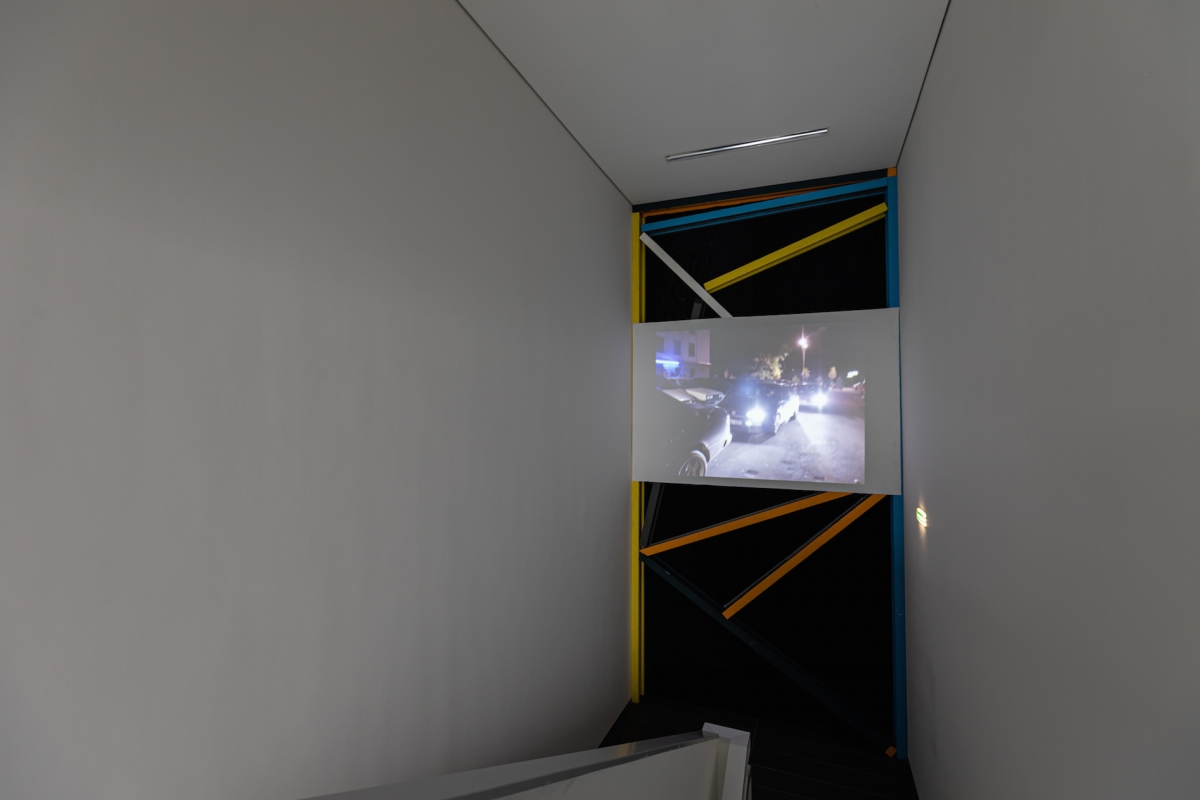
The ‘Timestamps’ exhibition (curated by Jurij Dobriakov) at the National Gallery of Art, Vilnius, 2021. Photo: Gintarė Grigėnaitė
Lina: Can you make a concise evaluation of the development of media art (the media art community) in a broader geographical context? For example, last year you, your colleagues and students visited the Transmediale festival. When we still felt related to media culture, that was our annual destination for artistic/scientific tourism (echoes of these journeys can be found in reviews and photographic reportages in the cultural press). But now I’m taken aback at the realisation that Transmediale is still alive (and has been for over 30 years now). How has its profile been transformed? Does media art still exist there, or have its origins only survived in the title?
Vytautas: I had a chance to visit the last version of Transmediale in February 2020. In a way, it was quite similar to that of 2011, or even 2005, only the technologies were newer (such as virtual reality). Of course, the political or activist dimension was still evident; however, the festival’s scope was quite big and broad, so everyone could find some activity for themselves. And yet perhaps the most important and fun part was meeting people from the past, people with whom you once worked or had interests in common. At the moment, that seems to me the most valuable thing of all.
But there are even older events, such as the Ars Electronica art and technology festival, which has been going since 1979. Last year, I was invited to hold a Vilnius edition of Ars Electronica; in September 2020 the hybrid version of the festival took place at the SODAS 2123 cultural space in Vilnius, as well as many other spaces all over the world.
Lina: So the name has actually become history, but not the media art itself? And yet it is interesting that ‘Timestamps’ is (inadvertently) happening now. Even though the exhibition is a retrospective, and doesn’t draw links with the present, you can’t ignore how the importance of media has grown over the pandemic. As is well known, contemporary art has developed together with the screen, even in terms of its communication: the documentation of exhibitions on various virtual platforms long ago competed with the actual exhibitions. Yet for many other art forms, it has been a kick in the butt. Take theatre: it was forced, even though reluctantly, to try out its effect on a flat screen.
And not only on Zoom. It seems that old (one-way transmission) media are being revived too. There has been a surge of artist-run radio shows and podcasts. The era of Palanga Street Radio and Rasų Radijas!
Vytautas: It’s curious to think how new media art will be perceived and represented in 2040 when we (or someone else) organise an exhibition about this decade, which is saturated with biotechnologies, synthetic and hybrid worlds in VR or XR (extended reality), AI, and so on. The hardest things to do will probably be the preservation and collection of bio art pieces and the living microorganisms in them. Then we’ll see how well future devices are able to mediate times past.
The ‘Timestamps’ exhibition (curated by Jurij Dobriakov) is on show at the National Gallery of Art in Vilnius until 13 June 2021.
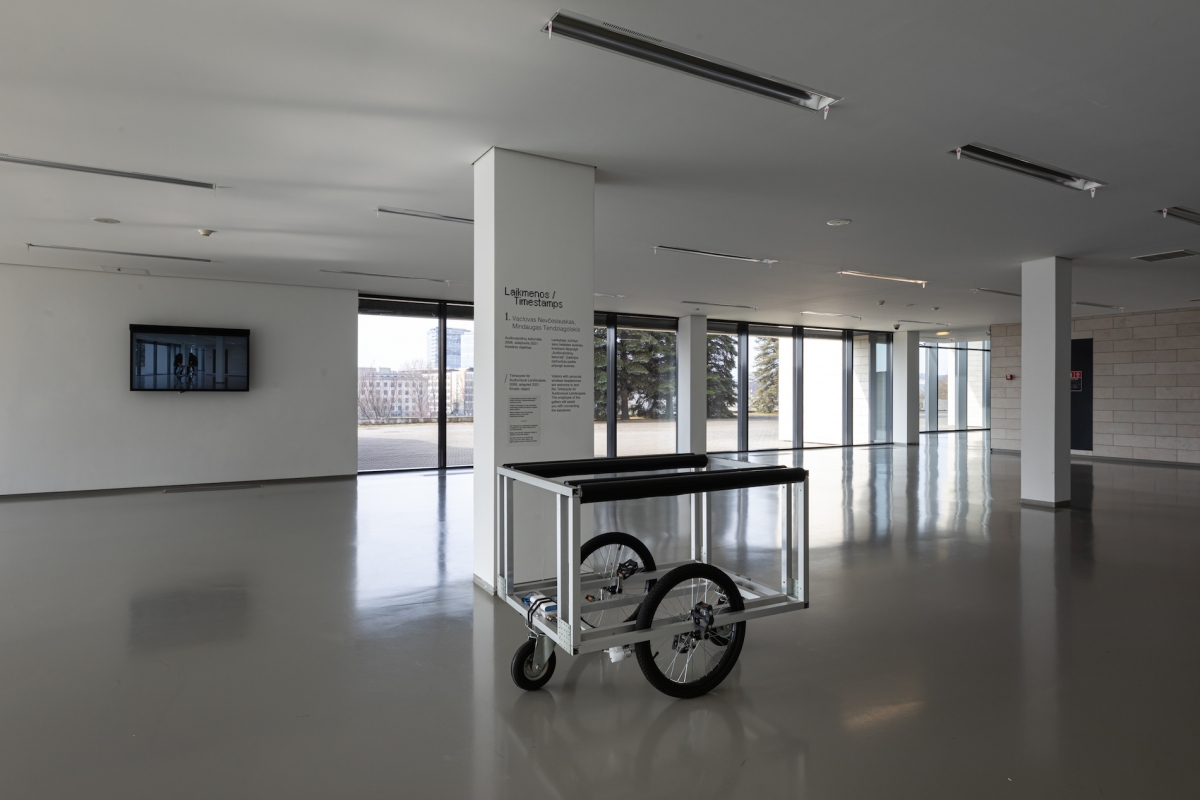
The ‘Timestamps’ exhibition (curated by Jurij Dobriakov) at the National Gallery of Art, Vilnius, 2021. Photo: Gintarė Grigėnaitė
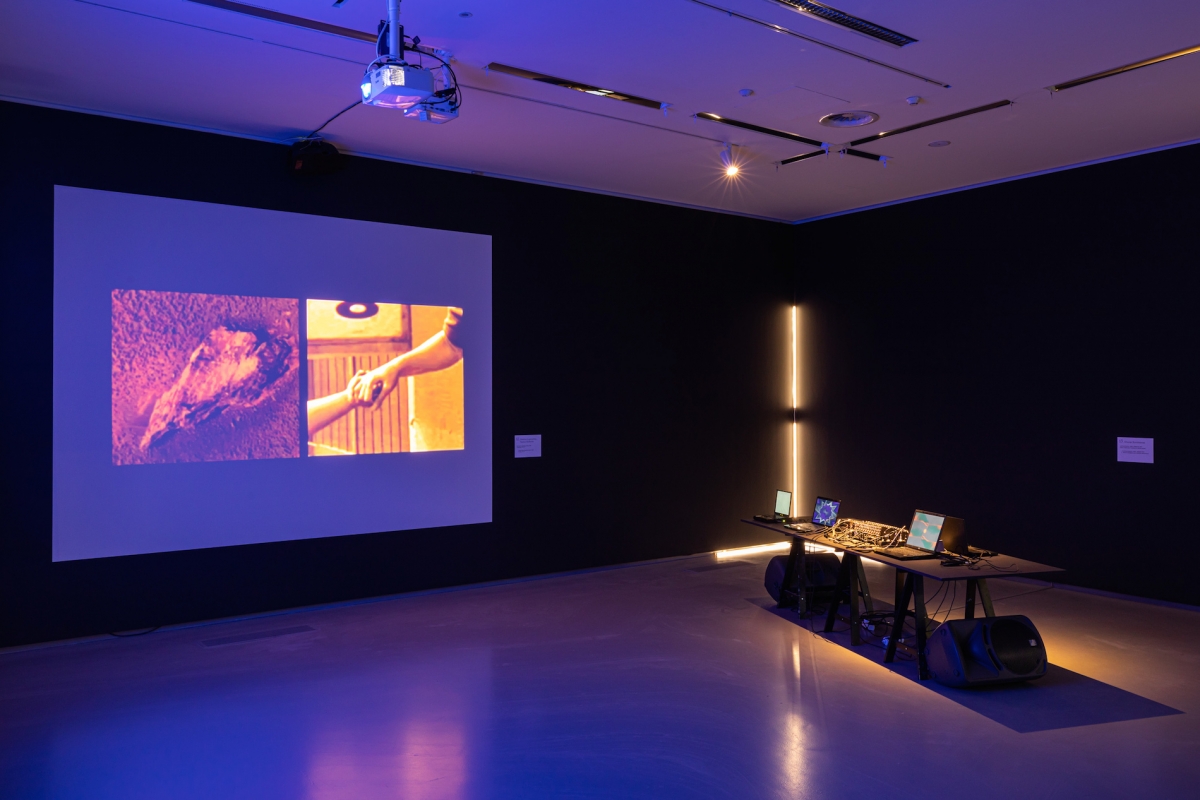
The ‘Timestamps’ exhibition (curated by Jurij Dobriakov) at the National Gallery of Art, Vilnius, 2021. Photo: Gintarė Grigėnaitė
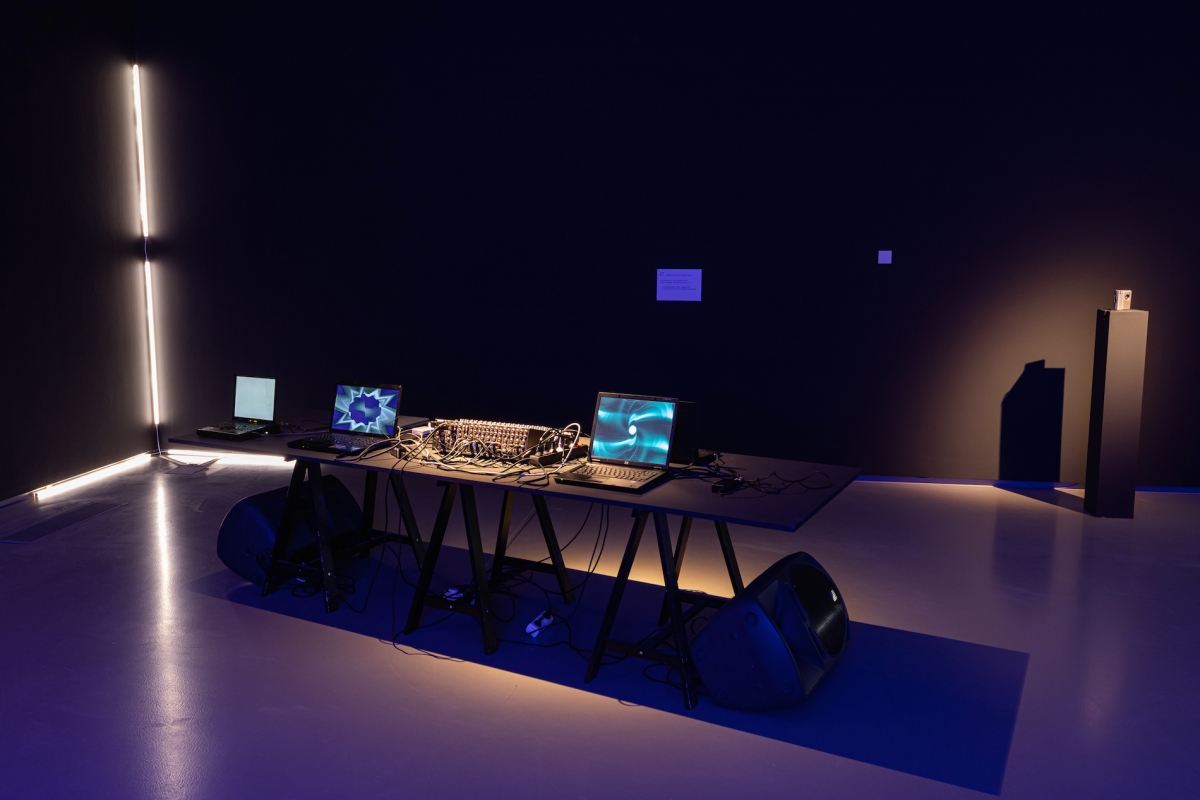
The ‘Timestamps’ exhibition (curated by Jurij Dobriakov) at the National Gallery of Art, Vilnius, 2021. Photo: Gintarė Grigėnaitė
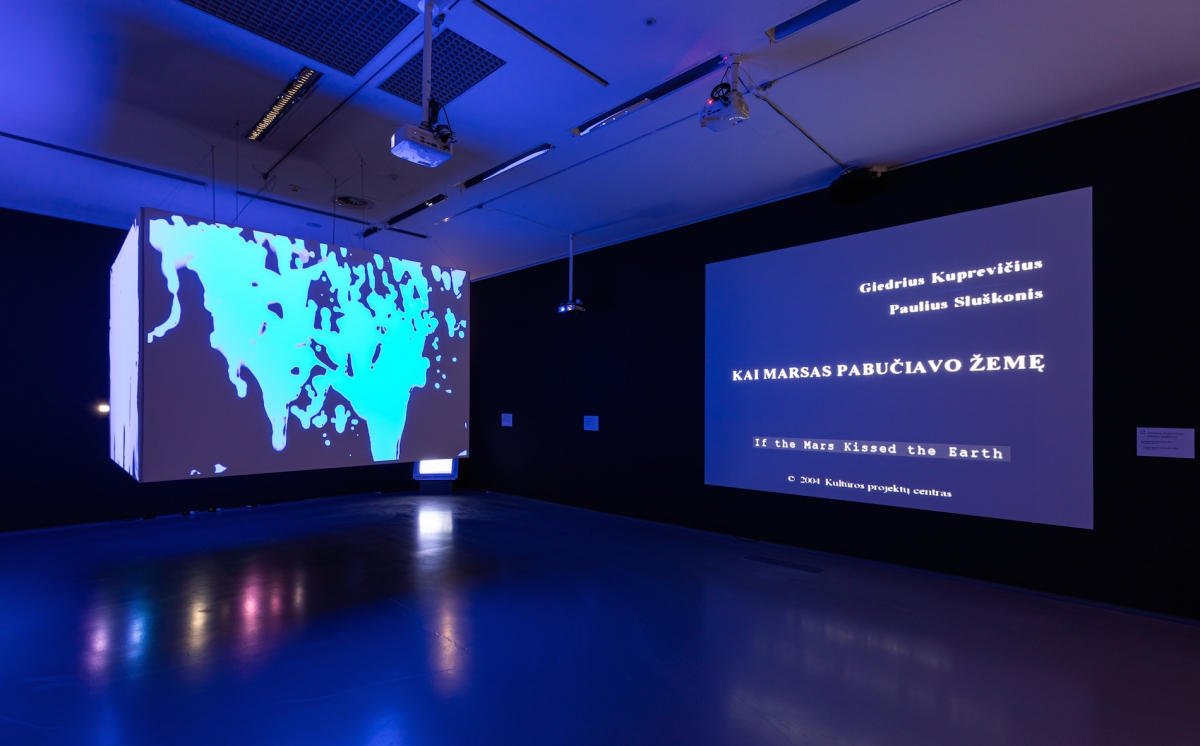
The ‘Timestamps’ exhibition (curated by Jurij Dobriakov) at the National Gallery of Art, Vilnius, 2021. Photo: Gintarė Grigėnaitė
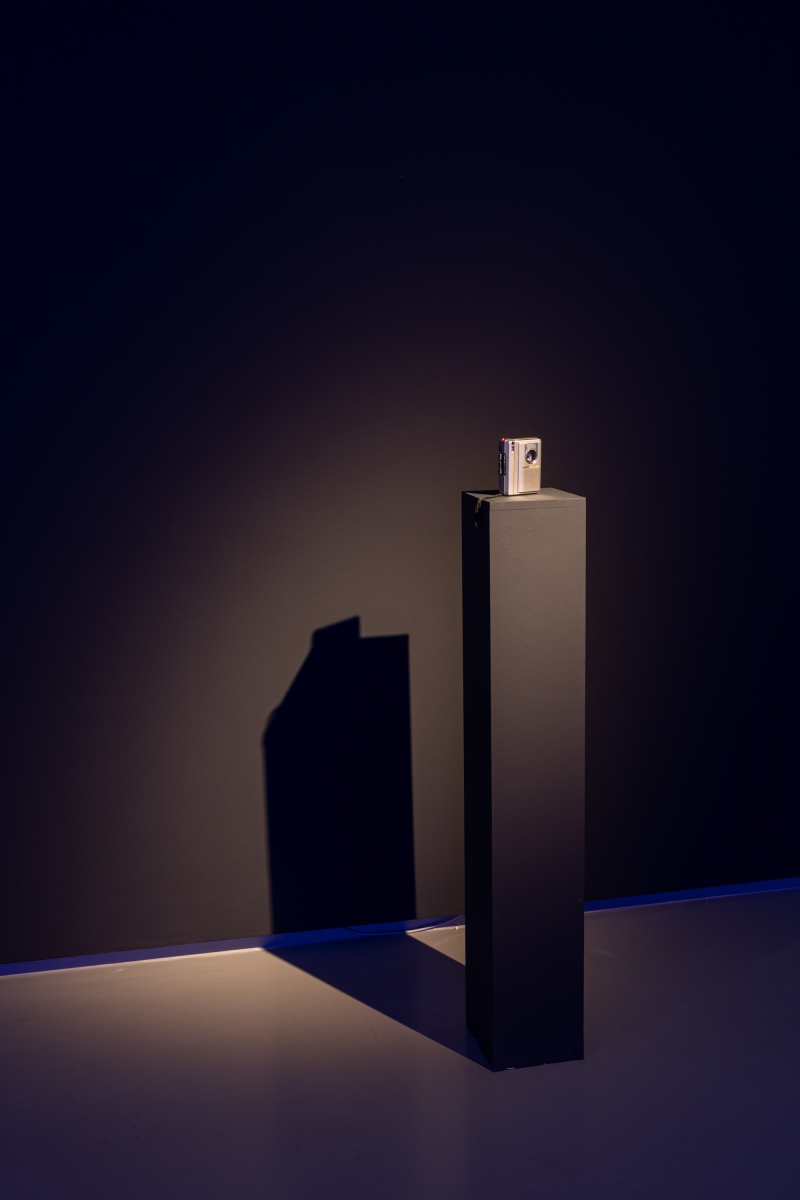
The ‘Timestamps’ exhibition (curated by Jurij Dobriakov) at the National Gallery of Art, Vilnius, 2021. Photo: Gintarė Grigėnaitė
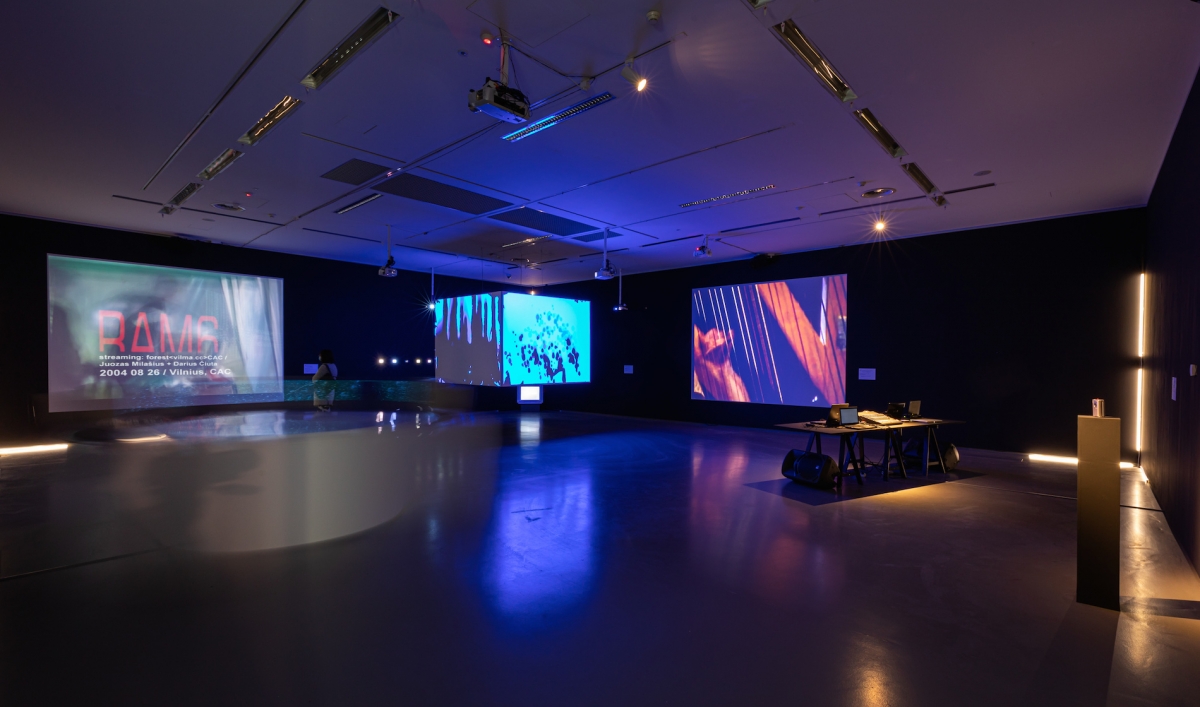
The ‘Timestamps’ exhibition (curated by Jurij Dobriakov) at the National Gallery of Art, Vilnius, 2021. Photo: Gintarė Grigėnaitė
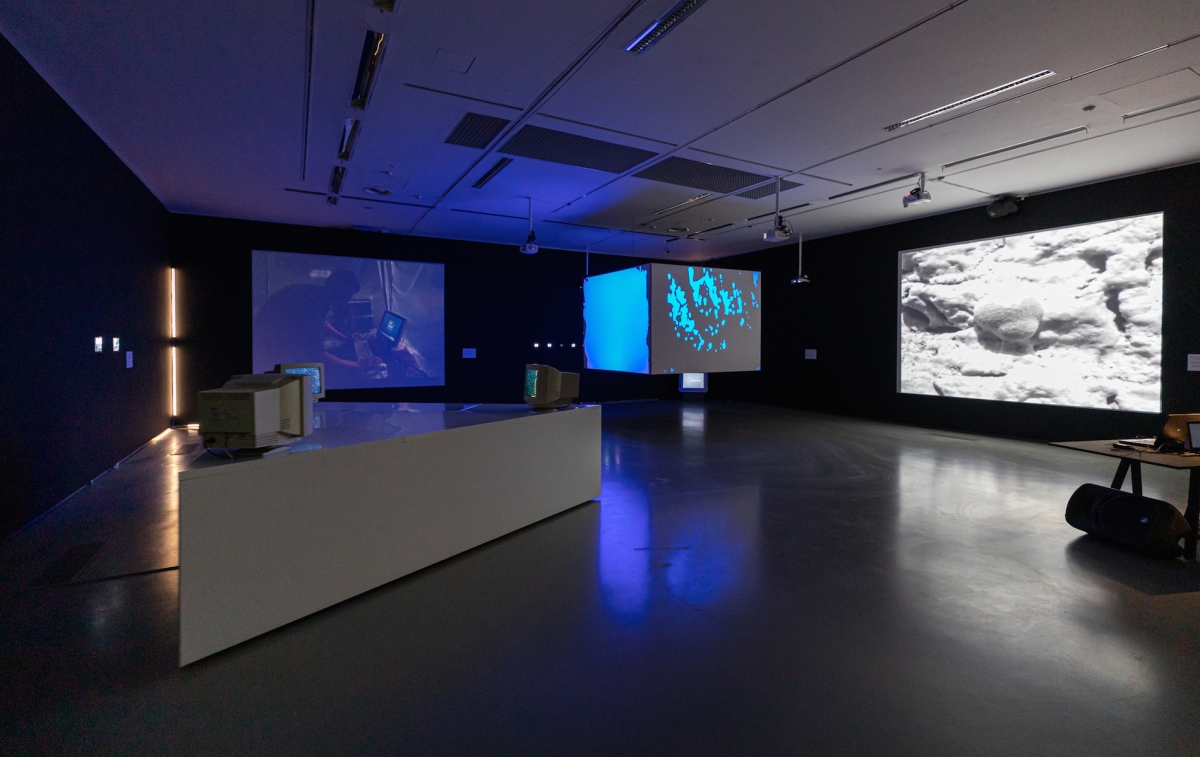
The ‘Timestamps’ exhibition (curated by Jurij Dobriakov) at the National Gallery of Art, Vilnius, 2021. Photo: Gintarė Grigėnaitė
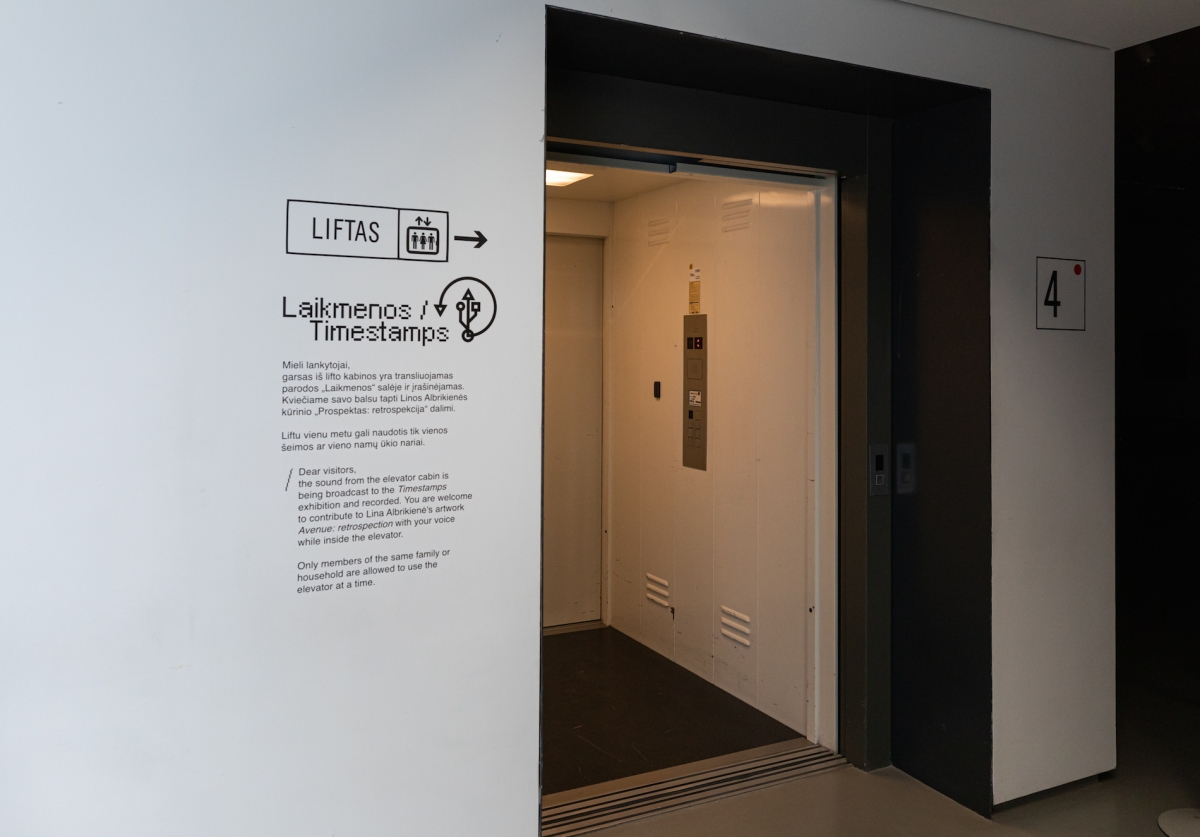
The ‘Timestamps’ exhibition (curated by Jurij Dobriakov) at the National Gallery of Art, Vilnius, 2021. Photo: Gintarė Grigėnaitė
